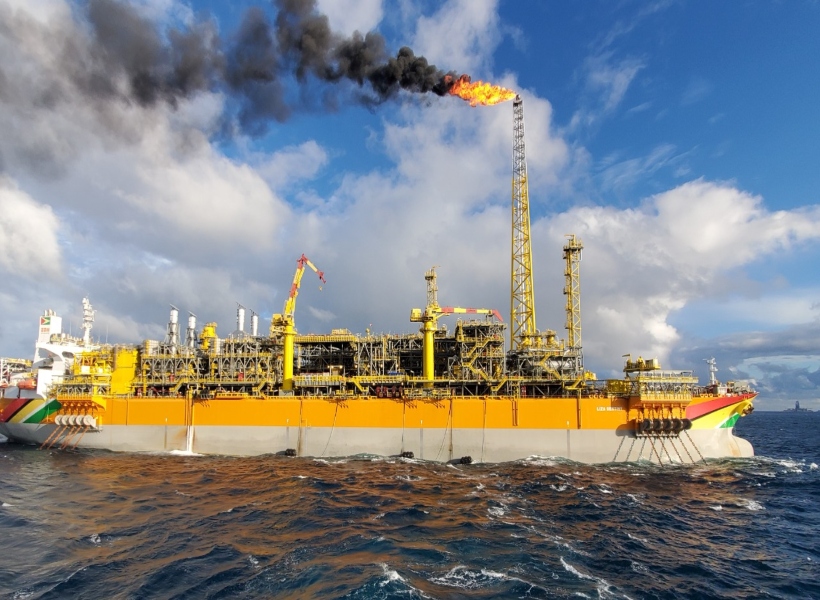In its recently published Annual Report for 2022, ExxonMobil Guyana was keen to highlight its commitment to environmental studies and upholding best practices in that respect.
The report, the first of its kind for Exxon’s Guyana operations, emphasized the use of collaborations to conduct environmental studies to further the understanding of wildlife species, ecological habitats, and ecosystem services in Guyana.
The annual report highlighted ExxonMobil’s partnership with the Guyana Protected Areas Commission, which served to provide a study on turtle telemetry and population. It stated that this study aimed to understand the nesting and dispersal habits of leatherback, green, olive ridley, and hawksbill turtles in the Shell Beach Protected Area. Exxon mentioned that the study would be launched in 2023, building upon the results of a previous monitoring and tagging program conducted in 2018-2019.
Furthermore, the report emphasized the support provided by the ExxonMobil Foundation for environmental capacity building and monitoring activities in Guyana. According to the report, in 2022, the foundation disbursed the second installment of a multi-year grant to the Iwokrama International Centre for the Guyana Conservation Initiative. The activities supported by the grant included the establishment of a mangrove center, bi-weekly road and river monitoring for restoration and poaching activities in the Iwokrama forest, monitoring of coastal ecosystems, hosting of Wildlife Clubs for young people in local communities, and training programs for rangers and field personnel.
Additionally, the report mentioned that the ExxonMobil Foundation offered scholarships for qualified faculty to pursue Masters and Doctoral degrees in environmental sciences and related fields at the University of Guyana.
ExxonMobil also acknowledged in its report that its global operations encountered diverse environmental and socioeconomic conditions, each with unique characteristics and sensitivities. To understand the interactions between its activities and the environment, the company stated that it employed a comprehensive process of baseline data collection and identification and assessment of environmental aspects. This process enabled ExxonMobil to implement effective measures to mitigate and monitor potential impacts. The report further stated that the company’s efforts were guided by the principle of “Protect Tomorrow. Today.,” which aimed to safeguard the environment and support the social and economic needs of the communities in which ExxonMobil operated.
According to the company, robust and responsible environmental management practices were critical to all of its operations and the company managed all waste and emission streams in compliance with strict regulatory standards and reported them to the Environmental Protection Agency.
It said produced water from the reservoir underwent separation and treatment onboard the FPSOs (Floating Production, Storage, and Offloading vessels). Moreover, it was keen to note that the water was discharged only after reducing the oil content below the prescribed limits set by regulations. To verify the effectiveness of water treatment, the report mentioned that ExxonMobil implemented robust monitoring protocols, including daily sampling of the discharge stream.
ExxonMobil also reported on its implementation of a Leak Detection and Repair (LDAR) program across its operations to proactively detect and repair methane and other hydrocarbon leaks. The program, it said, utilized an optical gas imaging camera to identify emissions that were invisible to the naked eye. The report stated that flaring emissions were monitored based on continuously operating flow meters that measured the amount of gas flared and during typical oil and gas operations, natural gas was produced alongside crude oil from the reservoir and mechanically separated onboard the FPSOs.
The majority of the produced gas was then reinjected back into the reservoir, with only a finite amount sent to flare for maintaining technical processes essential for safe and reliable operations, known as background flare.













